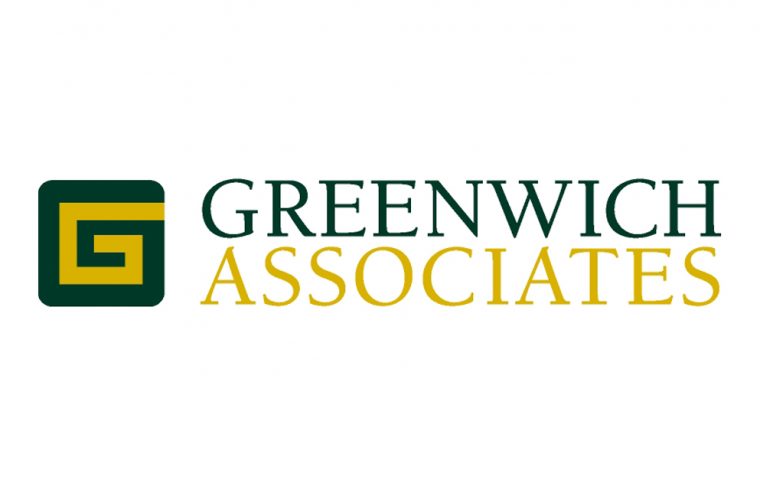 12 Months into the MiFID II Era, New Transparency Rules and Dark Pool Limits Are Changing How Markets Operate and Traders Do Business
12 Months into the MiFID II Era, New Transparency Rules and Dark Pool Limits Are Changing How Markets Operate and Traders Do Business
“One year into the MiFID II era, it is now possible to make informed predictions about how European markets will evolve long term under the new framework,” says Richard Johnson, Vice President of Greenwich Associates Market Structure and Technology, and author of The MiFID II Trading Transformation.
Some of the biggest changes in European markets have been triggered by MiFID II rules on transparency and best execution. Because complying with new pre- and post-trade reporting requirements when executing OTC is quite onerous, market participants have a strong incentive to shift trading toward electronic venues that naturally facilitate time-stamping and reporting. Electronic trading in interest-rate swaps has jumped from 20% in 2017 to 36% in 2018, with smaller but still significant gains in government bonds and investment grade credit.
MiFID II transparency rules are also increasing usage of trading analytics. Transaction cost analysis (TCA), which helps traders measure performance against execution benchmarks, is now used by 95% of European equity traders.
Also driving significant change, and some important unintended consequences, have been dark pool limits established by MiFID II. Concerned about the potential detrimental effect of high levels of equity dark pool trading on price and liquidity discovery, regulators introduced caps limiting the amount of non-displayed trading that could occur under the reference price waiver (i.e., dark pool trades that leverage price discovery from lit markets). The dark pool caps were officially introduced in March 2018, and have had the desired effect—significantly reducing the amount of dark trading via the reference price waiver from a peak of 5% at the end of 2017 to about 1% today.
Because the reference price waiver dark pools caps were known well in advance, the industry had time to develop new solutions and enhance existing ones. Specifically, large-in-scale waivers have been effective in gaining desired dark pool liquidity. In equities, there have been calls for regulators to recalibrate the double-volume caps on dark pool trading, which are considered too restrictive. Indeed, these caps have likely led to the growth in periodic

auctions and systematic internalisers (SIs), which buy-side traders say have been beneficial in helping them source liquidity. Published data indicates that SIs have captured a significant portion of the market, with estimates as high as 34%.
“SIs represent a potential loophole to the dark volume caps, which was not fully anticipated by the regulators and run counter to the objectives of reducing fragmentation and promoting lit markets,” says Richard Johnson.
Despite any bumps in the road, the changes brought on by MiFID II are creating new opportunities. “Competitive dynamics will continue to drive market structure, as we are already seeing in the emergence of new venues in equity trading and the growth of e-trading in fixed income,” Richard Johnson concludes.












